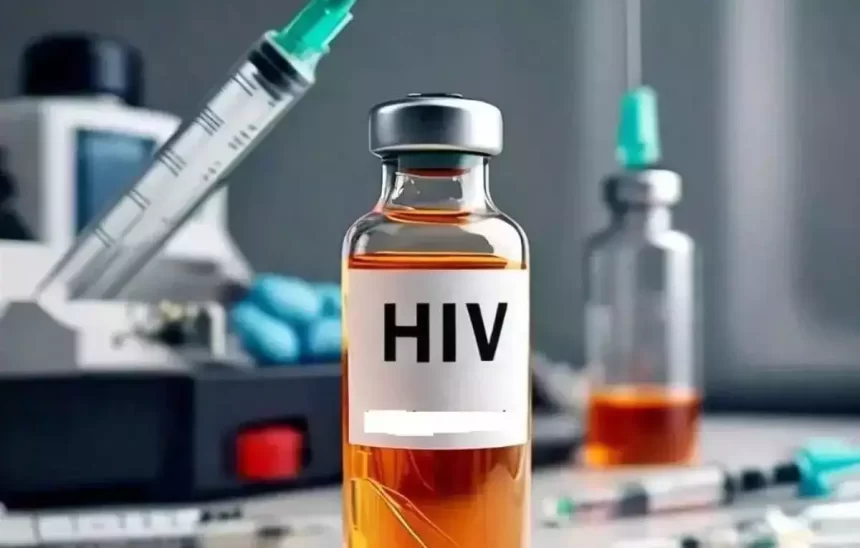A study has made progress in the battle against HIV/AIDS by revealing encouraging outcomes for a biannual injection that could transform prevention strategies especially for, at risk groups.
The Research and Its Significance
A study reported in the New England Journal of Medicine focused on, than 5,000 females in South Africa and Uganda. The results were quite astounding; not an individual who was administered the injections tested positive for HIV. This finding represents an advancement in HIV prevention studies bringing optimism for a decrease, in new infections worldwide.
Sarah Palmer, who serves as co director of the Center, for Virus Research at the Westmead Institute for Medical Research in Sydney expressed optimism about this development in HIV prevention. She emphasized the potential of these injections to make a difference in reducing HIV transmission rates especially among vulnerable groups in sub Saharan Africa, where young women are, at a heightened risk.
The Impact, in Focus
On a scale around 1.3 million fresh HIV cases emerge annually with a share attributed to women and girls. In Saharan Africa this group makes up 62 percent of the new infections—a concerning figure highlighting the pressing demand, for impactful prevention approaches.
Gilead Sciences created injections called Sunlenca (lenacapavir) for treating HIV infections. They later tested these injections, for prevention in a trial, which was successful enough to end. It was clear that the injections were more effective than pills, at preventing HIV transmission among the participants.
Facing Hurdles and Possibilities
Even though daily medications and safety precautions such, as condoms have played a role in preventing HIV sticking to them can be tough especially in areas, with limited healthcare access and educational initiatives. The simplicity of receiving a shot twice a year could greatly improve adherence levels. Consequently lower the number of infections.
There are worries, about the price of lenacapavir, which is set at $42,250 per patient annually in the United States. Organizations like Doctors Without Borders are pushing for availability and lower costs of the medication highlighting its ability to help combat the HIV epidemic if it becomes more accessible, in countries heavily affected by the disease.
Celebrating a Significant Moment
As the world commemorates this achievement, in health there are endeavors to broaden the availability of lenacapavir and push for lower prices. Backing programs that foster access to HIV prevention methods is vital, for making lasting strides in combating the disease.
If you are keen, on backing efforts for health programs and delving deeper into HIV prevention you might want to look into groups such as Doctors Without Borders and other advocates for medications. Programs like [Insert Affiliate Links provide chances to help spread interventions, like lenacapavir.
Conclusion
The successful development of the injection to prevent HIV represents an achievement, in medical research and highlights the critical need for sustained funding for international health programs. By promoting initiatives that aim to make lenacapavir widely available and cost effective we can progress towards a world where HIV/AIDS ceases to be a concern for societies worldwide.
Now is the time to advocate for progress and fairness, in healthcare guaranteeing that advances in HIV prevention reach those.


